Basic Information
Observation Details
Observation Date:
January 23, 2023Submitted:
January 23, 2023Observer:
SAC - Jon PreussZone or Region:
Galena Summit and Eastern MtnsLocation:
Spring Creek (W-N-S; 7000-10,400')Signs of Unstable Snow
Recent Avalanches?
None ObservedCracking?
IsolatedCollapsing?
None ExperiencedSnow Stability
Stability Rating:
GoodConfidence in Rating:
ModerateStability Trend:
Bottom Line
The winds over the weekend removed much of the upper snowpack in this area. The structure of the snowpack looks poor with the firm over sugary facets or depth hoar. However, neither of those layers produced results in stability tests.
Media/Attachments
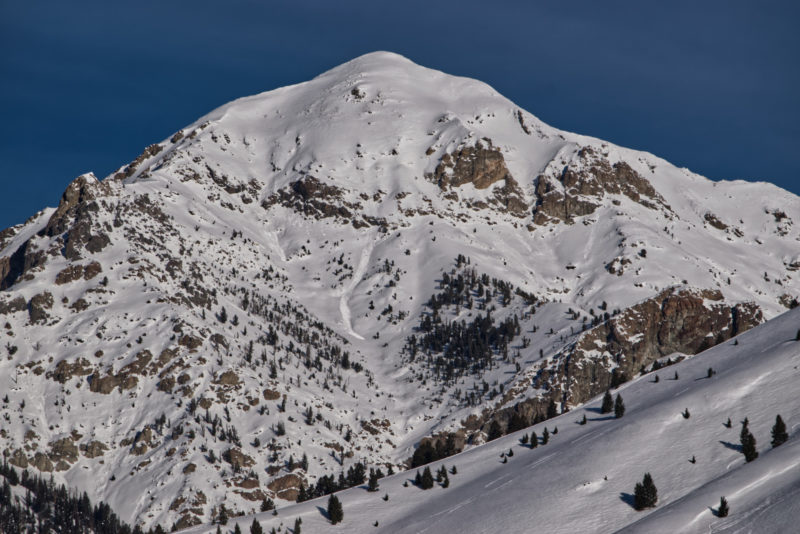
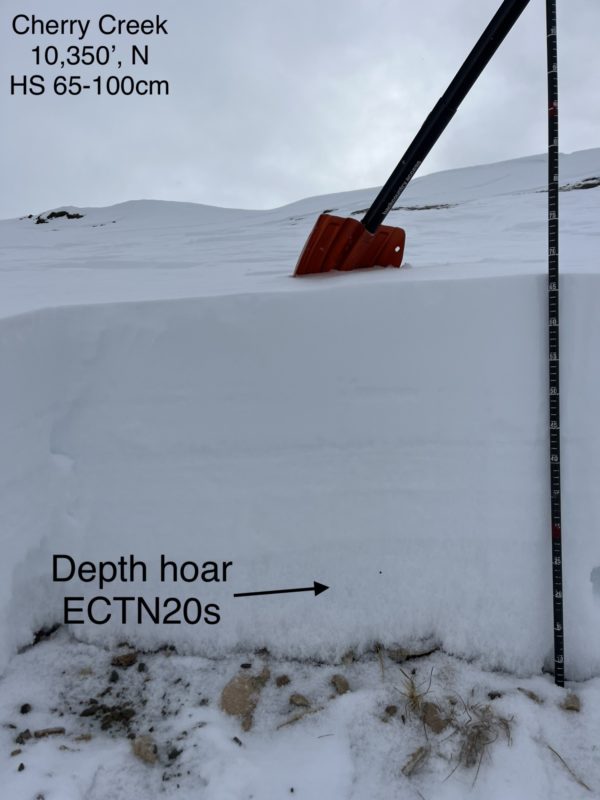
Advanced Information
Weather Summary
Cloud Cover:
OvercastWind:
Light , NSkies were broken in the morning and became overcast in the afternoon with light flurries. Ridgetop winds blew light with moderate gusts from the north.
Avalanche Observations
| # | Date | Location | Size | Type | Bed Sfc | Depth | Trigger | Comments | Photo |
|---|---|---|---|---|---|---|---|---|---|
| 6 |
Boulder Peak S 9,700' |
D1.5 | WL | N-Natural | These wet loose avalanches likely occurred on Jan. 21st. Warmer temperatures and ambient sunshine helped trigger them. |
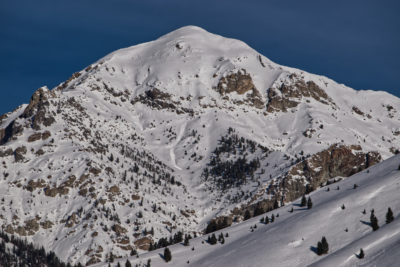
|
Snowpack Observations
The main objective was to look at the snowpack in the alpine. I dug numerous pits across a north face at 10,350' to look at varying slab thicknesses. The height of snow ranged from 66-100cm. A dense slab (1Finger to Pencil hardness) was sitting on top of chains of depth hoar. The extended column tests didn't show any signs of propagation (ECTN20s) within this layer.
Most of the starting zones were missing snow and were covered in rocks. I was able to dig in a couple of them safely. I found hard snow (1Finger to Pencil hardness) with facets below it. Most snow depths varied from 1-2 feet, with many visible rocks.
I dug another snow pit on a southwest-facing slope at 9000'. Various crusts were present, but none had instability in test results (ECTN20 on 1/5, ECTX on 12/19).
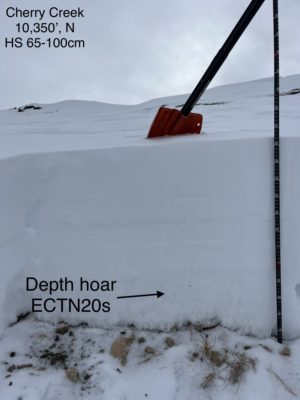
Avalanche Problems
| Problem | Location | Distribution | Sensitivity | Size | Comments |
|---|---|---|---|---|---|
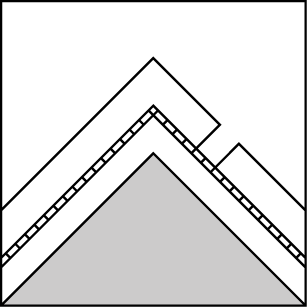 Persistent Slab
Persistent Slab
|
|
Layer Depth/Date: 35-50cm Comments: Rose is shaded to where problem was observed. |
|||
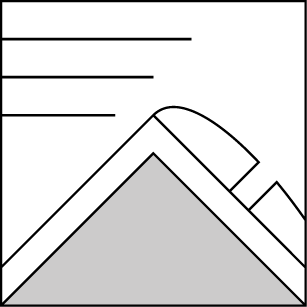 Wind Slab
Wind Slab
|
|
Comments: Much of the recent storm snow was stripped over the surface. The surface was largely previously buried crust and large sastrugi. |
Terrain Use
Avoided slopes over 35. The snowpack structure does not give me confidence in getting into bigger, consequential terrain.
